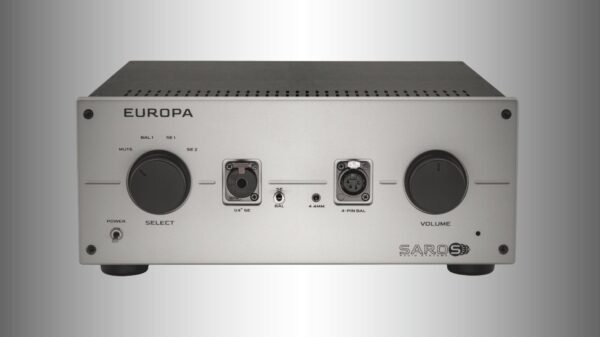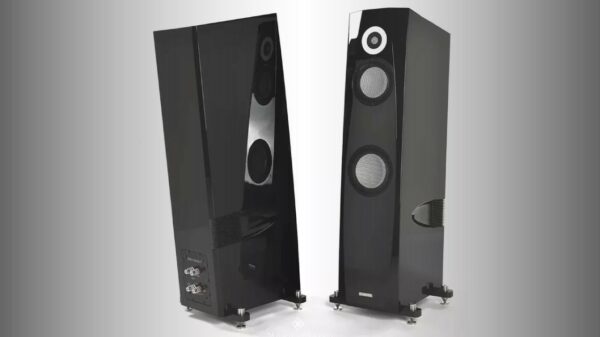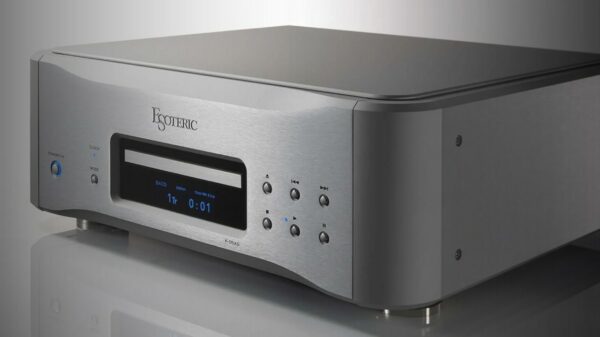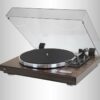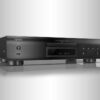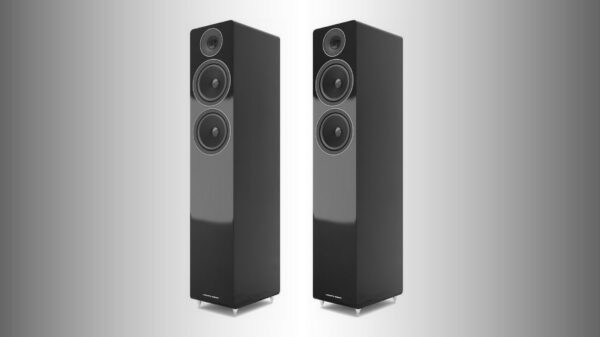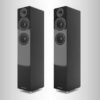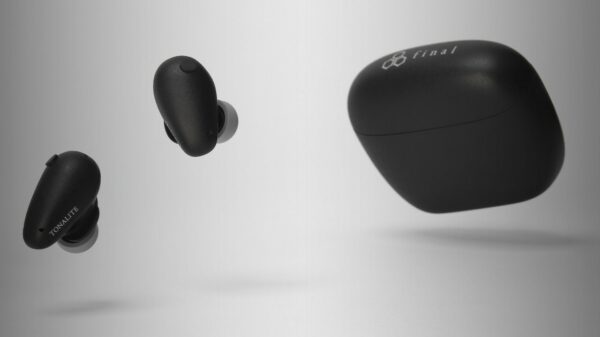Pioneer specialists have always taken the creation of their audio equipment seriously and, having many years of experience in this field, have always found the optimal balance between functionality, sound quality and price. And the integrated amplifier Pioneer A-50DA is another confirmation of this.

In addition to the amplifier section itself, the device has a built-in digital-to-analog converter on an advanced 8-channel Sabre ES9016S Ultra chip from ESS Technology. When used in stereo, four channels are connected in parallel, which increases the accuracy of the conversion, and reduces noise and distortion. The amplifier is capable of receiving audio files via an asynchronous USB interface and decoding them with a record-breaking resolution – PCM up to 32 bits / 384 kHz and a DSD stream of 11.2 MHz. There are also coaxial and optical inputs supporting a signal of up to 24 bits / 192 kHz. Separate RCA terminals are designed to connect a vinyl player with an MM head. The phono preamplifier is quite advanced – the declared noise level at the Phono input is -89 dB.
The preliminary section has a tone block with smooth adjustment at frequencies of 100 Hz and 10 kHz at a depth of ± 10 dB. There is also a fixed boost in low and high frequencies in the Loudness mode, compensating for the subjective drop in output at the edges of the range at low volume. All frequency correction can be easily bypassed by pressing the Direct button. Among the useful options, I will also note the ability to connect two pairs of speaker systems with switching and the Power Amp Direct mode – feeding the signal directly to the input of the power amplifier. It will come in handy if you have an external processor or equalizer with its own level control.

But the most interesting thing about the Pioneer A-50DA is, of course, the power amplifier. When I first picked up the device and assessed its weight, I was ready to argue that the output stages work in the traditional class AB. And I would have argued against it, because it implements an improved pulse circuitry, i.e. class D. It is distinguished by an extremely short signal path due to the absence of output high-pass filters and feedback loops. The output keys are built on Direct Power FET field-effect transistors with improved heat transfer from the crystal to the external cooling radiator. This made it possible to reduce the dependence of the distortion level on the load resistance and thermal compression at high output power. In combination with 4-ohm acoustics, the amplifier is capable of delivering 2 x 90 W with a THD of no more than 0.5% in the range of 20 Hz – 20 kHz. By the way, despite the pulse circuitry, a linear source with a serious transformer on an E-core is used for power supply.

To reduce the mutual influence of individual sections of the circuit, the DAC, pre-amplifier and power amplifiers are assembled on different boards, which are placed in separate sections of the chassis. The case has side aluminum panels, and thick steel plates are placed in the base, shifting the center of gravity down and increasing rigidity. Despite the high efficiency of class D amplifiers, the Pioneer A-50DA takes additional measures to reduce power consumption. The APD (Auto Power Down) system switches the amplifier to Standby mode if the signal is not fed to the input for more than 20 minutes. The remote control is narrow, long, moderately heavy and convenient. If the amplifier is inaccessible to commands (for example, installed in a closed rack), you can connect an external IR receiver.

The amplifier was tested with not the lightest acoustics – Dynaudio 25 SE with 4 Ohm resistance and 88 dB sensitivity. At the first stage, the signal was fed via a linear analog input from a CD player.
The first thing to note is the absence of obvious signs of pulse amplification. The top is not dried out, the stage is three-dimensional, dynamic contrasts are transmitted sharply and confidently. With symphonic music, the amplifier builds a wide and bright canvas, abundant in sound nuances. The bass does not suffer from monotony even near the very bottom limit. The speaker diffusers are well controlled, and at the same time have enough freedom to naturally transmit sound attenuation after loud blows. Coloration in the upper middle (a sign of the onset of distortion) appears at such a volume when you no longer pay attention to the sound quality. The amplifier keeps the rhythm well, even on such “tight” acoustics it adequately reproduces fast series of drum hits. I liked how the tone controls work: even in extreme positions there is no buzzing lows or grinding highs. A truly delicate correction to compensate for the characteristics of the room and acoustic systems. The only feature characteristic of class D is the tendency to slightly enlarge the details of the sound picture, to accentuate them.

At the second stage, high-resolution audio files were played by the Amarra player and transmitted from a Mac computer to the USB input. There were no complaints about the amplifier converter – digital coloring is not noticeable, the differences in the sound of files with different resolutions are clearly audible. And even records digitized at a frequency of 44.1 kHz were played quite comfortably, without rough strokes and harshness in the upper range. In general, the Pioneer A-50DA gives the impression of a solid device in every sense, on the basis of which you can build a very good hi-fi system – inexpensive and absolutely omnivorous, for music formats of several eras.
Pioneer A-50DA Specifications
Output power 2 x 90 W (0.5% harmonics, 4 Ohm), 2 x 65 W (0.5% harmonics, 8 Ohm)
Frequency range 5 Hz – 50 kHz
Signal-to-noise ratio more than 101 dB (linear input), more than 89 dB (MM input)
Harmonic distortion coefficient less than 0.02%
Inputs MM pickup, 4 line, direct input to power amplifier, optical, coaxial, USB, control system
Outputs line, to headphones, to 2 pairs of speakers
channel separation 90 dB (linear input)
DAC ESS Sabre, 8-channel, 32 bit / 384 kHz
USB parameters PCM up to 32 bit / 384 kHz, DSD up to 11.2 MHz
Tone control range +/- 10 dB (bass, HF)
Additionally Direct mode
Speaker impedance 4 – 16 Ohm
Power consumption 72 W, Standby 0.2 W
Dimensions (WxHxD) 435 x 138 x 357 mm
Weight 11.2 kg













